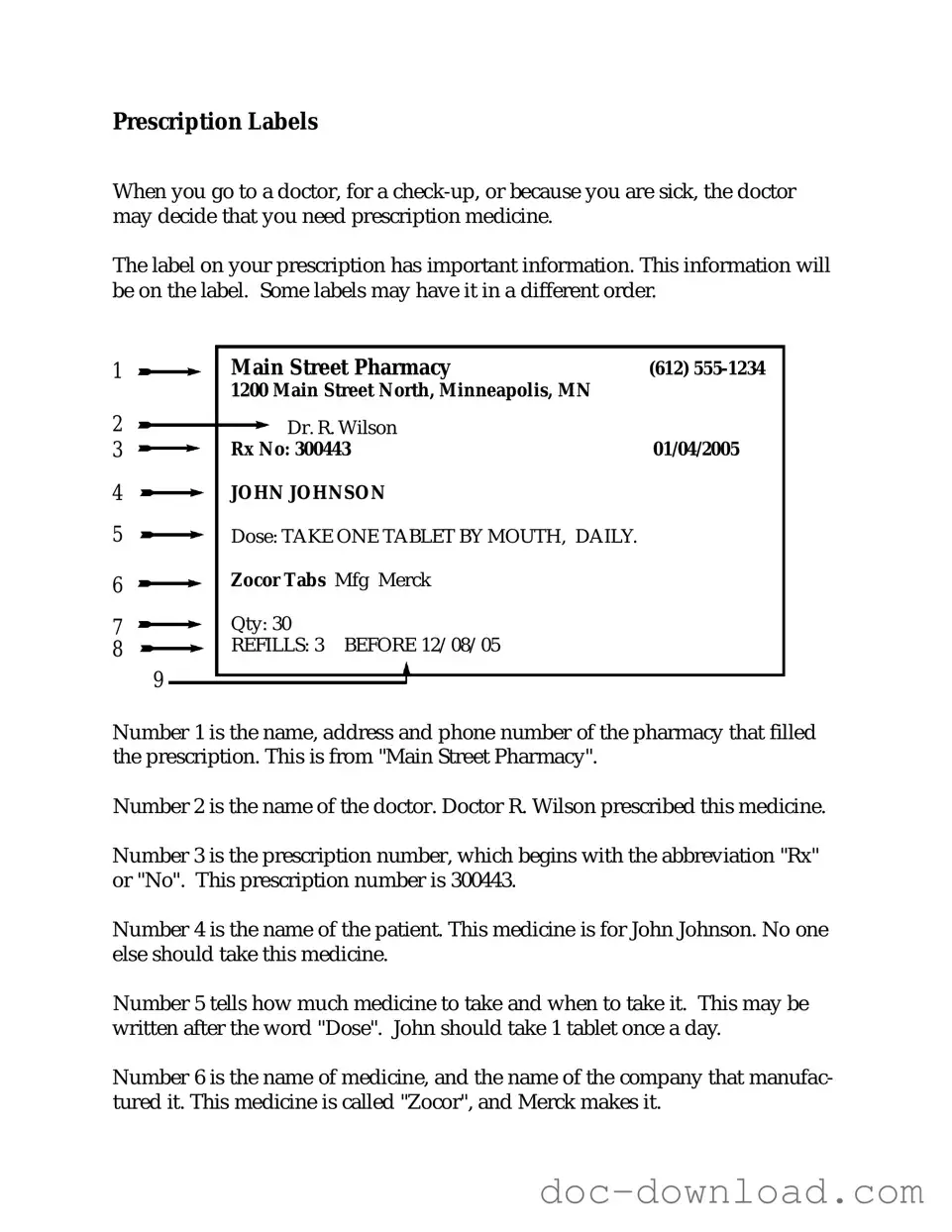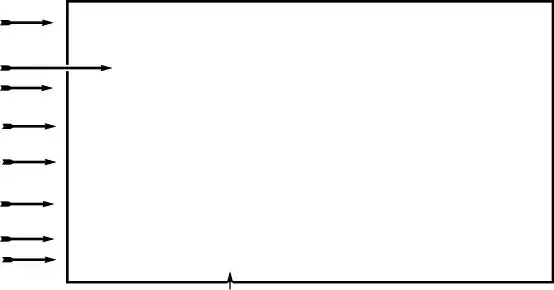The Prescription Label form shares similarities with the Medication Administration Record (MAR). Both documents are essential in healthcare settings for tracking medication. The MAR is used by healthcare providers to document the administration of prescribed medications to patients. Like the Prescription Label, it includes details such as the medication name, dosage, and administration times, ensuring that patients receive their medications correctly and safely.
Another document that resembles the Prescription Label is the Medication List. This list provides a comprehensive overview of all medications a patient is currently taking. It includes information such as dosages, frequencies, and prescribing physicians. Similar to the Prescription Label, the Medication List serves as a quick reference for both patients and healthcare providers, promoting safety and adherence to treatment plans.
The Patient Information Leaflet (PIL) is also akin to the Prescription Label. This leaflet accompanies medications and provides essential information about the drug, including its uses, side effects, and instructions for use. While the Prescription Label focuses on dispensing details, the PIL educates patients about their medications, ensuring they understand how to use them safely and effectively.
The Drug Interaction Record is another document that parallels the Prescription Label. This record highlights potential interactions between various medications a patient may be taking. Like the Prescription Label, it aims to enhance patient safety by alerting healthcare providers to possible adverse effects that could arise from combining certain drugs, thereby preventing harmful outcomes.
The Medication Reconciliation Form also shares characteristics with the Prescription Label. This form is used during transitions of care, such as hospital admissions or discharges, to ensure that a patient’s medication list is accurate and complete. Both documents prioritize patient safety by verifying that the right medications are prescribed and administered at the correct dosages.
The Clinical Pharmacy Consultation Report is similar in that it provides an overview of a patient’s medication therapy. This report includes recommendations made by a clinical pharmacist regarding medication management. Like the Prescription Label, it emphasizes the importance of appropriate medication use and patient education, aiming to optimize therapeutic outcomes.
The Adverse Drug Reaction (ADR) Report can also be likened to the Prescription Label. This report documents any negative reactions a patient experiences due to medications. Both documents are crucial in monitoring patient safety and ensuring that healthcare providers are informed about potential risks associated with prescribed treatments.
To ensure your rights are protected, consider completing a detailed Power of Attorney form with clear guidelines on who can make decisions on your behalf. This legal document is vital when you need someone you trust to handle matters in your absence. For assistance in this process, visit this comprehensive Power of Attorney resource for valuable insights and a downloadable template.
Finally, the Treatment Plan Document is another document that bears resemblance to the Prescription Label. This plan outlines the overall strategy for managing a patient’s condition, including medication regimens. Like the Prescription Label, it serves as a guide for healthcare providers, detailing the specific medications prescribed and their intended purposes in the context of the patient’s overall care.

